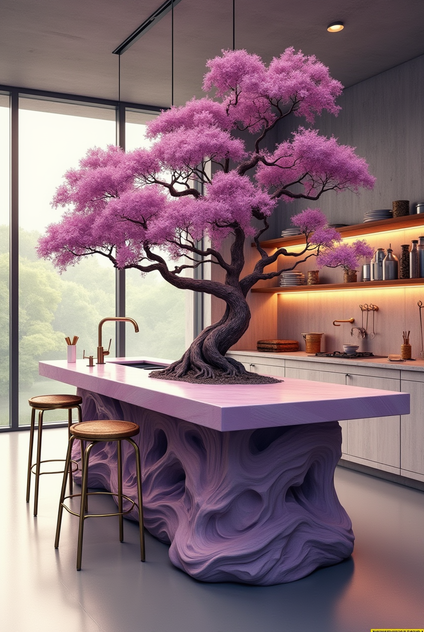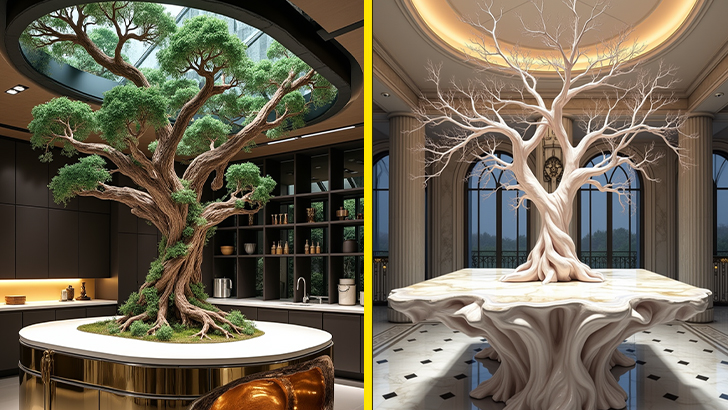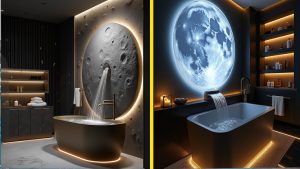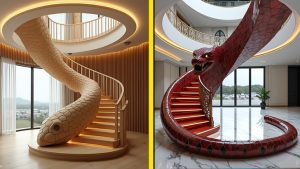In the realm of contemporary interior design, the fusion of nature and architecture has given rise to innovative concepts that redefine traditional spaces. One such trend captivating homeowners and designers alike is the integration of living trees into kitchen islands. This harmonious blend of functionality and natural beauty not only elevates the aesthetic appeal of the kitchen but also fosters a serene and invigorating environment.
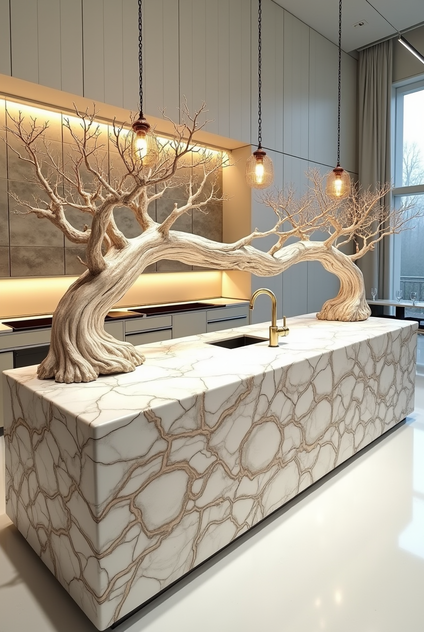
Understanding Biophilic Design
Biophilic design is an architectural approach that seeks to connect building occupants more closely to nature. Rooted in the innate human affinity for the natural world, this design philosophy incorporates natural elements—such as plants, water features, and natural light—into interior spaces. The benefits of biophilic design are well-documented, including enhanced mood, increased productivity, and improved indoor air quality.
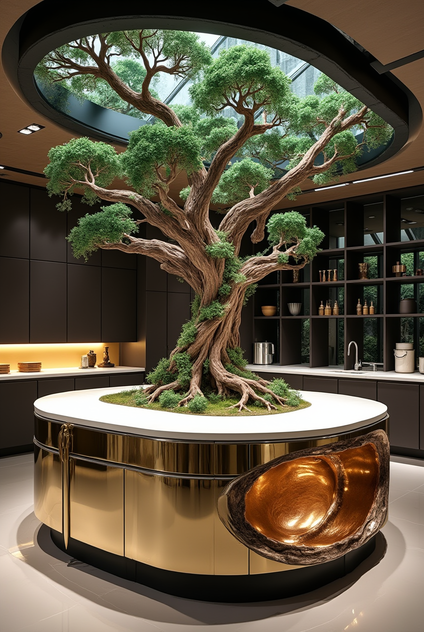
The Concept of Tree-Integrated Kitchen Islands
At the intersection of biophilic design and culinary functionality lies the tree-integrated kitchen island. This concept involves incorporating a living tree into the kitchen island structure, creating a central focal point that brings the outdoors in. Beyond its striking visual impact, a tree-integrated island offers practical advantages, such as natural air purification and the potential for homegrown herbs or fruits, depending on the chosen tree species.
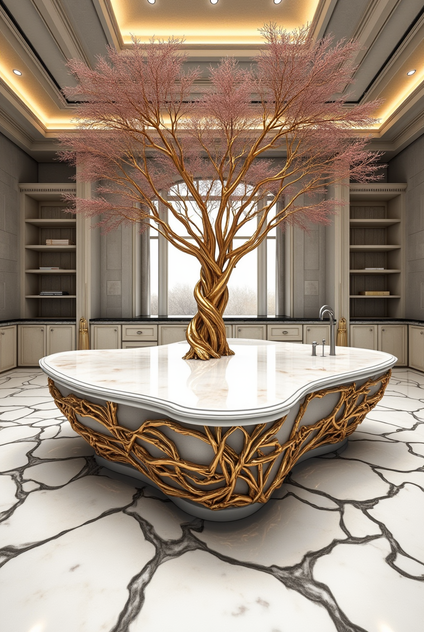
Design Considerations
Embarking on the journey to install a tree-integrated kitchen island necessitates careful planning and attention to several key factors:
Structural Requirements: The addition of a tree introduces weight and moisture considerations. Ensuring that the flooring and island base can support the load is paramount. Reinforced materials and proper sealing techniques are essential to maintain structural integrity.
Material Selection: Utilizing water-resistant and durable materials, such as sealed hardwoods or stone, helps in managing the humidity and potential spills associated with plant care.
Irrigation and Drainage Systems: Integrating a discreet yet effective watering system ensures the tree receives adequate hydration without causing water damage. Proper drainage solutions prevent water accumulation and protect the surrounding cabinetry.
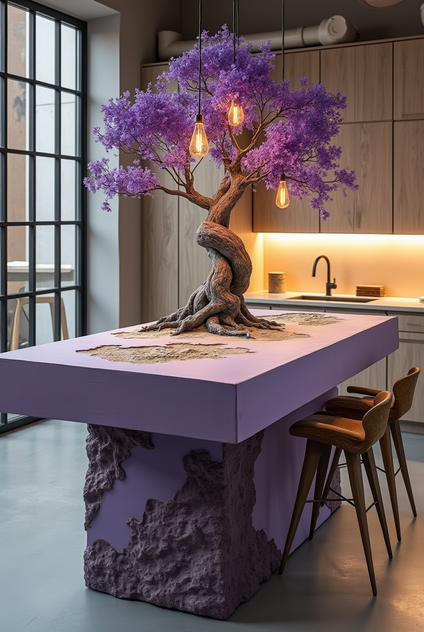
Selecting the Right Tree Species
Choosing an appropriate tree species is crucial for the success of this design feature. Factors to consider include:
Size and Growth Rate: Opt for dwarf or slow-growing species to prevent overcrowding and ensure the tree remains proportionate to the kitchen space.
Light Requirements: Assess the natural light availability in your kitchen. Species that thrive in indoor, low-light conditions are ideal for spaces lacking abundant sunlight.
Maintenance Needs: Select trees that require minimal upkeep to align with your lifestyle and ensure longevity.
Popular choices for indoor kitchen islands include dwarf citrus trees, which offer the added benefit of fragrant blossoms and edible fruit, and certain ficus varieties known for their resilience and air-purifying qualities.
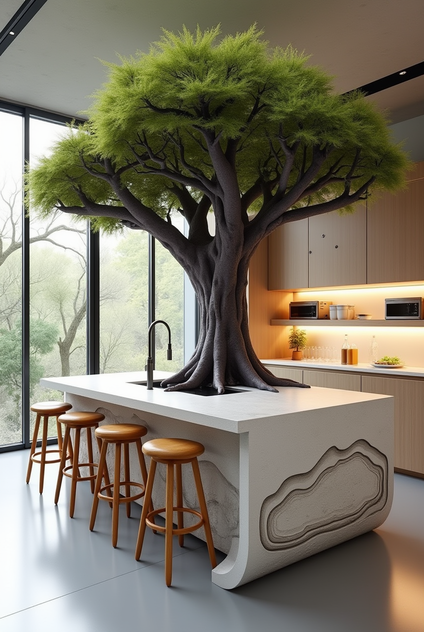
Customization Options
Tree-integrated kitchen islands can be tailored to complement various design aesthetics:
Rustic Charm: Incorporate reclaimed wood and a robust tree species to evoke a farmhouse ambiance.
Modern Minimalism: Utilize sleek materials like stainless steel or polished concrete, paired with a minimalist tree such as a bonsai, to achieve a contemporary look.
Additional Features: Consider integrating seating arrangements, additional storage, or ambient lighting
